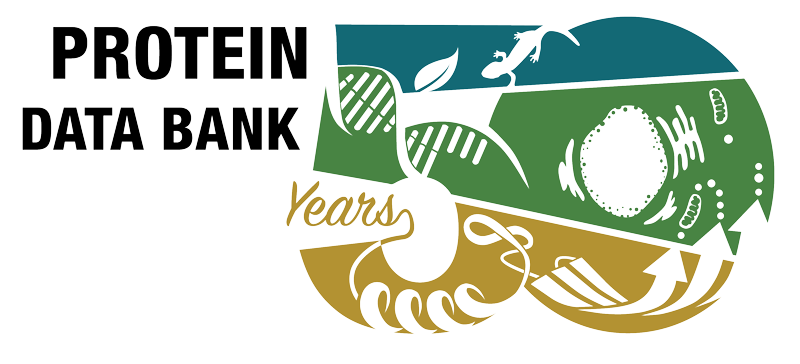Abstract
The fungal toxin cytochalasin D (CD) interferes with the normal dynamics of the actin cytoskeleton by binding to the barbed end of actin filaments. Despite its widespread use as a tool for studying actin-mediated processes, the exact location and nature of its binding to actin have not been previously determined. Here we describe two crystal structures of an expressed monomeric actin in complex with CD: one obtained by soaking preformed actin crystals with CD, and the other obtained by cocrystallization. The binding site for CD, in the hydrophobic cleft between actin subdomains 1 and 3, is the same in the two structures. Polar and hydrophobic contacts play equally important roles in CD binding, and six hydrogen bonds stabilize the actin-CD complex. Many unrelated actin-binding proteins and marine toxins target this cleft and the hydrophobic pocket at the front end of the cleft (viewing actin with subdomain 2 in the upper right corner). CD differs in that it binds to the back half of the cleft. The ability of CD to induce actin dimer formation and actin-catalyzed ATP hydrolysis may be related to its unique binding site and the necessity to fit its bulky macrocycle into this cleft. Contacts with residues lining this cleft appear to be crucial to capping and/or severing. The cocrystallized actin-CD structure also revealed changes in actin conformation. An approximately 6 degrees rotation of the smaller actin domain (subdomains 1 and 2) with respect to the larger domain (subdomains 3 and 4) results in small changes in crystal packing that allow the D-loop to adopt an extended loop structure instead of being disordered, as it is in most crystal structures of actin. We speculate that these changes represent a potential conformation that the actin monomer can adopt on the pathway to polymerization or in the filament.



 PMID:
PMID: 